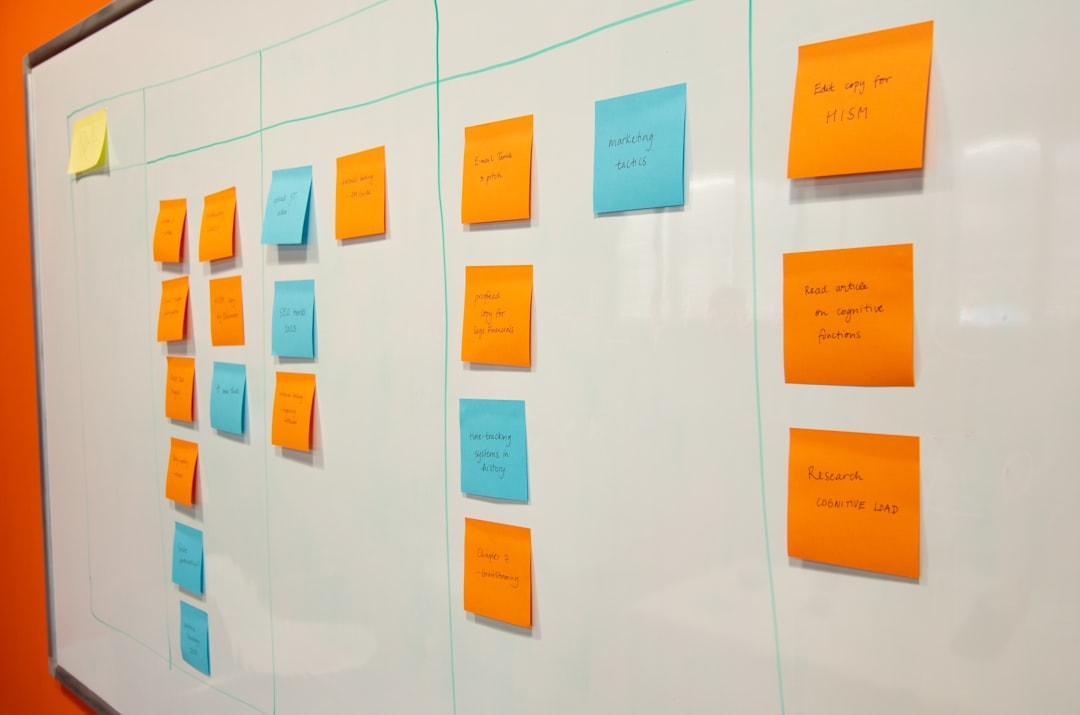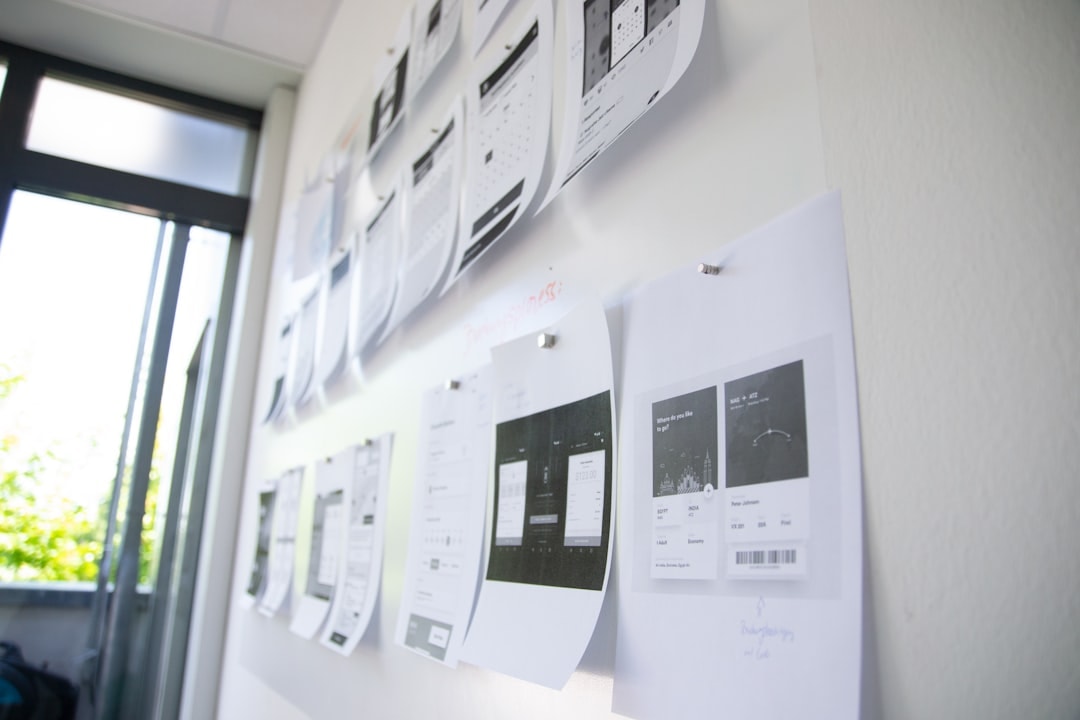In the evolving landscape of digital collaboration, remote teams are becoming increasingly common. Whether spread across cities or continents, designers are now collaborating virtually more than ever before. This shift brings numerous benefits, such as increased flexibility and access to global talent, but it also introduces certain challenges. One such challenge is delivering effective and consistent design critiques in a remote environment.
Design critique rituals are structured, intentional processes that help teams provide feedback, evaluate creative work, and ultimately improve the quality of their design outputs. When done right, they foster growth, build trust, and create alignment—an essential triumvirate in product development. For remote teams, these rituals need special consideration and adaptation.
Why Design Critiques Matter More in Remote Teams
Design critiques are not just about pointing out flaws. They allow team members to:
- Encourage honest and constructive communication
- Create shared ownership of design solutions
- Promote alignment across functions and stakeholders
- Develop a culture of continuous improvement
In an office, valuable feedback can emerge from casual desk-side conversations or over impromptu coffee chats. In remote settings, these spontaneous interactions are significantly reduced or non-existent. Without structured design critiques, remote teams risk working in silos, leading to misaligned outputs and delayed project timelines.
Building the Foundation for Remote Design Critiques
Before implementing rituals, a few foundational principles must be in place:
- Psychological Safety: Team members must feel safe to express opinions and challenge ideas without fear.
- Clear Objectives: Ensure every participant knows the purpose of the critique—whether it’s for idea generation, refinement, or final approval.
- Appropriate Tools: Equip your team with high-fidelity, collaborative digital tools that support real-time interaction.
It’s not just about having Zoom or Slack. Tools like Figma, Miro, and Notion enable collaborative whiteboarding, prototyping, and note-taking, helping to make critiques feel more tactile and interactive.

Establishing a Repeatable Ritual
Establishing structure is key. While spontaneity works in colocated teams, remote teams flourish with predictability. Below is a repeatable format for running successful design critiques remotely:
1. Schedule Regular Critique Sessions
Frequency depends on team size and workflow. Weekly or bi-weekly sessions are ideal for ensuring that feedback loops are tight and projects stay aligned. Add calendar invitations and stick to fixed times to reinforce the ritual.
2. Use a Consistent Agenda
A consistent structure helps the team focus and prepares designers mentally for the session. A sample agenda could look like this:
- 5 minutes: Introduction and objective setting
- 20 minutes: Presentation of designs (2–3 projects)
- 25 minutes: Structured feedback and discussion
- 10 minutes: Summary of action items and next steps
3. Use Asynchronous Preparation
Time zones and busy schedules can make synchronous preparation challenging. Encourage participants to review design files and leave comments ahead of time. Use tools like Loom or Figma to facilitate asynchronous presentations.
4. Rotate Roles
Distribute responsibility to build collective ownership. Assign rotating roles such as:
- Facilitator: Guides the discussion and keeps time
- Presenter: Shares their design and outlines the problem space
- Note-taker: Captures key feedback and action items
This not only avoids silos but also empowers team members to develop communication and leadership skills.
5. Follow Up with Documentation
Summarizing the critique helps enforce accountability and ensures feedback is implemented. Maintain a shared document or project board to track decisions and agreed changes. Use status tags like “To Review”, “Final Revisions”, or “Approved” to keep everyone aligned.
Best Practices for Giving and Receiving Feedback Remotely
Feedback is only as effective as its delivery and reception. In remote design critiques, special care must be taken to ensure tone is respectful and interpretations are clear.
For those giving feedback:
- Be specific: Vague comments like “I don’t like this” are unhelpful. Explain what’s not working and why.
- Be objective: Focus on the design’s ability to meet user needs or business goals, not personal aesthetic preferences.
- Balance critique and praise: Recognize what works well to encourage and reinforce good decisions.
For those receiving feedback:
- Stay open-minded: Avoid defensiveness. Critiques are about the work—not you as a person.
- Ask questions: If feedback is unclear, request clarification rather than making assumptions.
- Seek patterns: One-off comments can be dismissed, but repeated feedback should be investigated further.

Common Pitfalls and How to Avoid Them
Even with the right structures, remote design critiques can sometimes fall short. Here are some common issues and strategies to address them:
- Overloading the session: Trying to critique too many projects at once can dilute feedback. Limit to 2–3 presentations per session for depth over breadth.
- Unclear expectations: Always state whether you’re asking for directional feedback or fine-tuned polishing. Misaligned expectations result in off-target critiques.
- Neglecting follow-up: Without documented action items or updates, feedback loses value. Make follow-ups habitual and visible.
Adapting to Asynchronous Design Critiques
In truly distributed teams across multiple time zones, live critiques may be impractical. In such cases, design critique rituals can be adapted to run asynchronously using a mix of tools:
- Recorded video walkthroughs: Designers can record 5–10 minute walkthroughs explaining their decisions.
- Comment-based reviews: Tools like Figma or InVision allow contextual feedback with pins and notes.
- Threaded discussion channels: Use Slack or Teams with clearly labeled critique threads and expected response deadlines.
The key is to still enforce structure—set expectations on when feedback is due and how it will be synthesized for the designers’ next moves.
Nurturing a Culture of Constructive Critique
Finally, critique rituals should contribute to a larger culture of respect, curiosity, and collaboration. Leaders play a vital role in setting the tone by modeling openness and showing how to give and receive feedback gracefully. It’s also important to periodically reflect on the critique process itself. Ask questions like:
- Are critiques helping our work improve?
- Do people feel heard and valued?
- Are we addressing the right problems at the right altitude?
Creating space for meta-discussions about the critique process itself ensures it stays healthy and adaptive.
Conclusion
In remote teams, intention and structure are the cornerstones of effective design critique rituals. While the physical presence of a co-located environment is no longer guaranteed, the engagement, collaboration, and creative excellence that critiques aim to foster are still well within reach. With consistent practice, the right tools, and a shared sense of purpose, remote teams can turn critiques into one of their most powerful assets for creating impactful, user-centered design.

